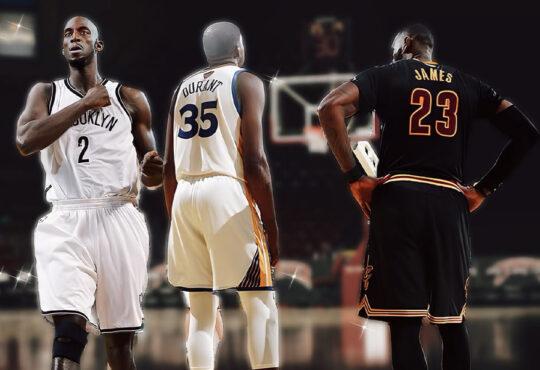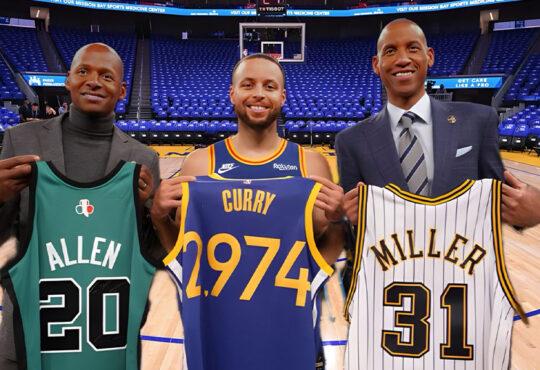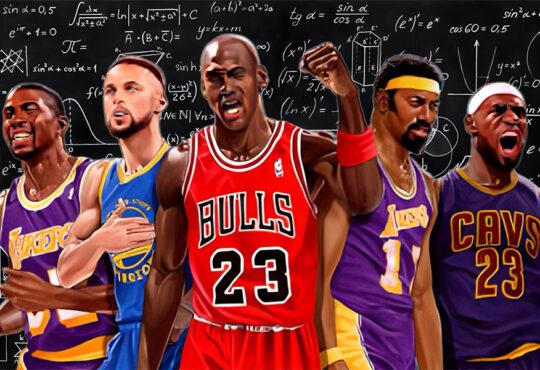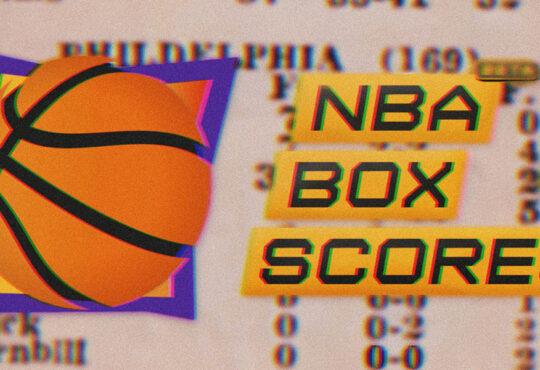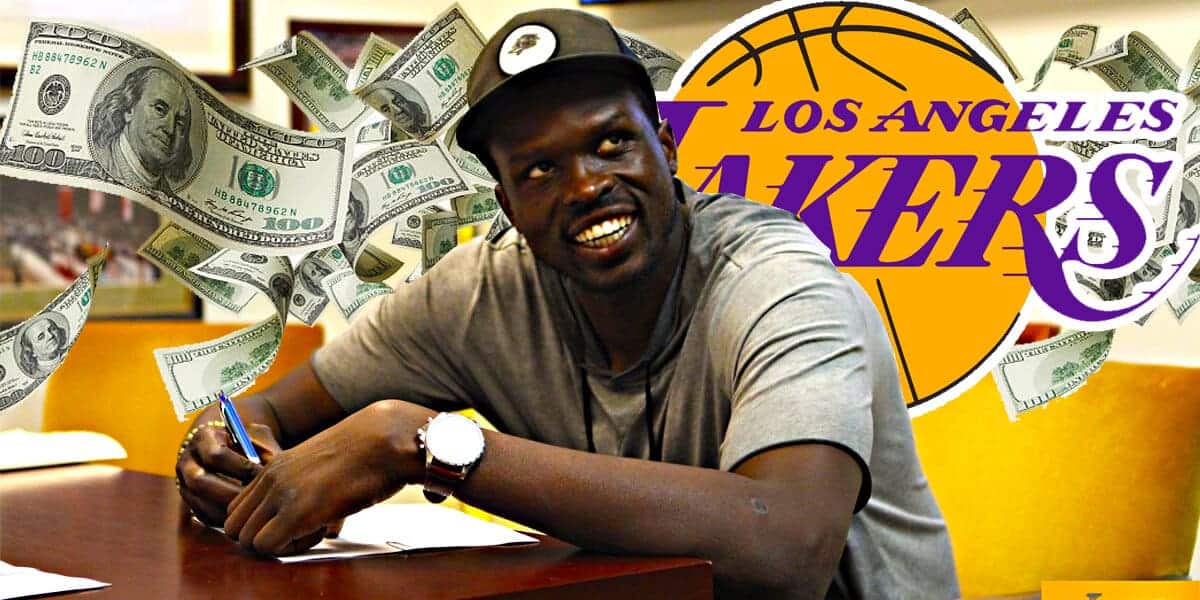
How Does the NBA Stretch Provision Work?
How Does the NBA Stretch Provision Work? When a team terminates a player’s contract, normally through the waiver procedure, the team may then “stretch” the terminated player’s compensation for Salary Cap purposes by allocating his remaining salary over more years than the actual contract’s length.
This rule is the same as the automatic stretch provision that applies to the actual timing of when a team pays a waived player’s protected compensation. Unlike that rule which is automatic, a team can choose whether or not it wants to stretch a player’s compensation for Salary Cap purposes. If a team elects to do so, the player’s remaining protected compensation is stretched over twice the number of years remaining on the contract plus one more year. If a team waives a player on or after September 1, then the current season’s salary cannot be stretched and only future seasons will be.
To prevent teams from escaping the consequences of bad contracts, no team can stretch a waived player’s protected compensation for Salary Cap purposes if all of its waived players’ salaries in future seasons would exceed 15% of the Salary Cap in effect during the season when the player was waived.
If a team elects to stretch a player’s protected compensation, then the team cannot re-sign or re-acquire that player before the later of (i) one year from the date the contract was terminated or (ii) July 1 of the last season covered by the player’s contract.
For example, in the 2018-19 season, the Los Angeles Lakers waived Luol Deng on September 1 in order to terminate his contract and stretch the remaining compensation he was owed. At the time, Deng was owed $18 million for the 2018-19 season and $18.810 million for the 2019-20 season. As a part of being waived, Deng agreed to give up $7.5 million in protected compensation. Because he was waived on September 1, the Lakers could only stretch the protected compensation for the 2019-20 season and could do so over 3 salary cap years (2019-20, 2020-21, and 2021-22). Before the Lakers made these moves, they were projected to have $25 million in Room for the 2019-20 season but increased that to about $38 million, which gave the Lakers the ability to sign a “max” player in free agency. Deng went on to sign a one-year deal with the Minnesota Timberwolves for the minimum player salary.
Why would an NBA team use the stretch provision?
The most obvious reason an NBA franchise would use the stretch provision is to free up cap space so they can compete for a title. If a team has little hope of competing that year, there would not much need to stretch a player, this would just mean your cap space is being eaten up year after year. Much better just to pay up the player in question final year or years and move on.
If, though, you feel you are competitive and need a bit more cap space to sign the player you think will make the difference, the stretch provision is a great way to do it, especially if you have a player on your roster with little to no trade value. You wouldn’t always want to pay in draft picks to trade them away.
Most famous cases of NBA Stretch Provision
Hindsight is always perfect, and NBA contracts are often looked back on as a positive or negative experience. Players are normally paid for what they deserve, but there are cases where there are very bad contracts being given out. So much so, that even retired NBA players are being paid until this day.
Here are the NBA players, some of which are former All-Stars and even Hall of Famers, who got paychecks from NBA teams until this season despite the fact that we have all forgotten the last time we saw them play. While the majority of these contracts were downright poor, to begin with, some players managed to negotiate contracts that benefited them years after retirement. Here are the 7 former NBA payers still getting paychecks until this day.
Larry Sanders – $1,865,547 (Milwaukee Bucks)
Last Season: Cleveland Cavaliers (2016-17)
Larry Sanders should have been a more valuable player for the Milwaukee Bucks because he combined length with defensive skills as a shot-blocking center. That is why the team gave him a $44 million contract in 2013 because Sanders was supposed to be a franchise player for them. After all, Sanders averaged 2.8 BPG in the 2012-2013 season.
Behavioral problems stunted Sanders’ career and he ended up playing his last game for the Bucks at 26 years old. Rumors came out that former head coach Jason Kidd did not help Sanders’ progression either, but the Bucks are still sending the center checks this season.
Monta Ellis – $2,245,000 (Indiana Pacers)
Last Season: Indiana Pacers (2016-17)
Monta Ellis was brought in to provide scoring ability alongside Paul George, the franchise superstar of the Indiana Pacers in 2016. Ellis was decent in his first season, averaging 13.8 PPG albeit at poor efficiency (42.7% from the field).
But the speedy shooting guard would go on to play his last season for the team, and in the NBA, in 2017. Ellis was originally signed to a $44 million contract, and only getting one good season out of him was frustrating for the Pacers. The 2007 Most Improved Player will be paid over $2 million this year.
Luol Deng – $4,990,000 (Los Angeles Lakers)
Last Season: Minnesota Timberwolves (2018-19)
As we explained above, the Luol Deng situation is one that irks Lakers fans until this day. The swingman was a former All-Star and one of the best defenders in the NBA during his time with the Chicago Bulls but got burned out playing heavy minutes for the franchise. By the time he signed a $72 million with the Lakers, he was finished.
The Lakers got very little out of Deng, 57 games worth, and are still paying him in excess of $4 million per season. Simply put, the Lakers were a disaster for a long time until LeBron James arrived, and this deal was one example of that.
Kevin Garnett – $5,000,000 (Boston Celtics)
Last Season: Minnesota Timberwolves (2015-16)
Kevin Garnett was not only a valuable player for the Minnesota Timberwolves but also the Boston Celtics where he helped the team win an NBA championship. The Big Ticket is still getting paid almost 9 years later, mainly because of his negotiation tactics at the time of his contract.
Garnett and the Celtics agreed to a $35 million payment over 7 years following Garnett’s retirement from the NBA which came in 2016. Kevin Garnett was one of the key stars that helped Boston win the 2008 title so the Boston faithful will have no problem with these checks getting sent out until this day.
Timofey Mozgov – $5,573,333 (Orlando Magic)
Last Season: Brooklyn Nets (2017-18)
Timofey Mozgov was also signed by the Los Angeles Lakers at the same time Luol Deng agreed to a $72 million contract. Paying $64 million for a backup center was a ridiculous movie, but Lakers GM Mitch Kupchak was scrambling for any moves to appease frustrated Lakers fans.
Until this season, Mozgov is receiving a nice paycheck. The team paying him are actually the Orlando Magic, who will fork out over $5 million by the end of this season. Mozgov never even played for the Orlando Magic, but he will certainly not mind when the money hits his bank account.
Joakim Noah – $6,431,666 (New York Knicks)
Last Season: Los Angeles Clippers (2019-20)
Joakim Noah was signed to a monstrous $72 million contract by the New York Knicks, a franchise that felt they had a title contender thanks to washed-up former All-Stars. But Noah only played 53 games for the Knicks over 2 seasons, struggling to keep healthy.
Noah is still owed money by the Knicks despite playing less than a full season for them and was one of New York’s highest-paid players last year despite playing his last game in 2018. Noah was another example of how heavy minutes early in his career (Luol Deng) affected production in the latter stages.
Chris Bosh – $8,666,666 (Miami Heat)
Last Season: Miami Heat (2015-16)
Chris Bosh was signed to a $118 million contract to remain with the Heat because Miami wanted to hold onto the superteam they had for years thanks to the arrival of LeBron James from Cleveland. Of course, James would only last one more season with the Heat before returning to Cleveland.
To make matters worse, Chris Bosh suffered blood clots that killed his NBA career following the 2016 season. Miami certainly won’t mind paying Bosh paychecks following the on-court sacrifices the future Hall of Famer had to make to accommodate LeBron James and Dwyane Wade into the offense for years.
What is a Set-off?
When a team terminates a player’s contract (normally through the waiver procedure), but still owes that player protected compensation and the player goes on to sign another contract to play professional basketball, the team may choose to set-off a portion of the amount the new team pays the player against the unpaid protected compensation the team still owes him. There are three key points about a team’s right of set-off. First, if a team chooses to exercise this right, the team’s Team Salary for Salary Cap purposes is reduced and (somewhat cruelly, depending on your perspective) the amount of money the team actually pays the player is reduced. Second, teams can elect to use their set-off rights when a player signs with an NBA team, with a team in a foreign basketball league, or even in the G league. Third, players and teams can agree to modify the set-off right or eliminate it altogether.
As a practical matter, the relative amount of savings (from the team’s perspective) that the set-off achieves is only significant for Salary Cap purposes. The set-off amount is calculated by taking the total compensation the player will earn from the subsequent team and subtracting from that an amount equal to the annual minimum player salary for a player with 0 years of service (if the player had 0 years of service at the time his contract was terminated) or 1 year of service (if the player had 1 or more years of service at the time his contract was terminated). If this results in a negative number, then the team has no set-off rights. But if the result is a positive number, then the team’s liability to the waived player is reduced by 50% of that positive number.
The NBA’s “CBA 101” primer illustrates the concept with this example: Assume (i) a second-year player is waived by his team during the 2017-18 season, (ii) he has two guaranteed years remaining on his contract, (iii) he clears waivers and then signs a contract with another team, (iv) the player is owed $10 million for the first of the remaining years and $11 million for the second, and (v) he signed a two-year deal with the other team for $3 million for year one and $3.150 million for year two. The team’s right of set-off for each year would be calculated using this formula: (New Salary – Applicable Minimum Salary) x 50%. The results are:
Year One – ($3 million – $1,312,611) x 50% = $843,695
Year Two – ($3.150 million – $1,312,611) x 50% = $918,695
Examples — Given the limited savings teams can realize by exercising this right and that players can negotiate to have it waived, it is used infrequently. At the end of the 2017-18 season, the Sacramento Kings used it against Anthony Tolliver and Aaron Afflalo to save an additional $2 million in Salary Cap space. But just a year before that, at the end of the 2016-17 season, the Kings did not use it against Matt Barnes, so he continued to receive the full guaranteed amount the Kings owed him, plus what his new team contracted for.

